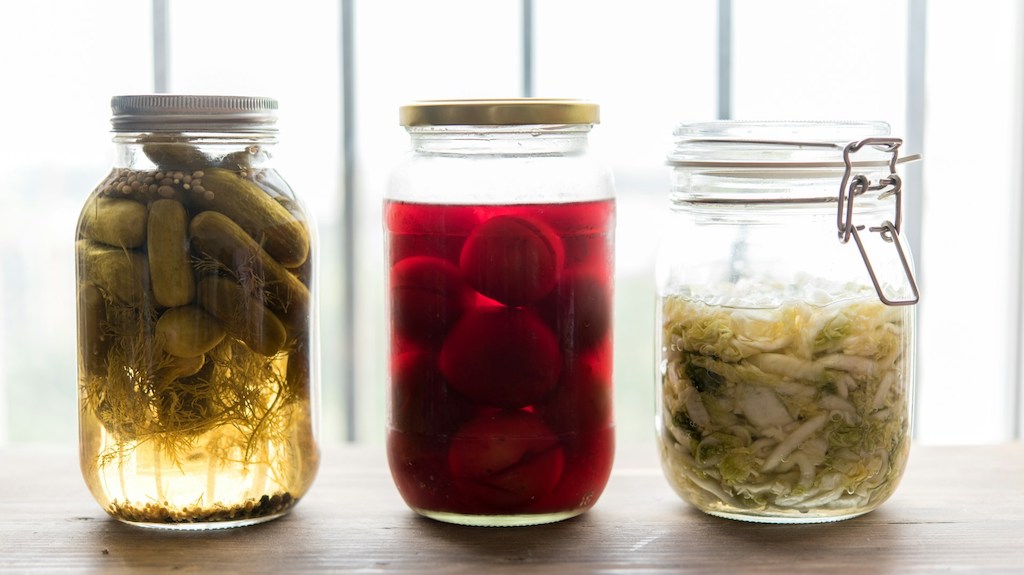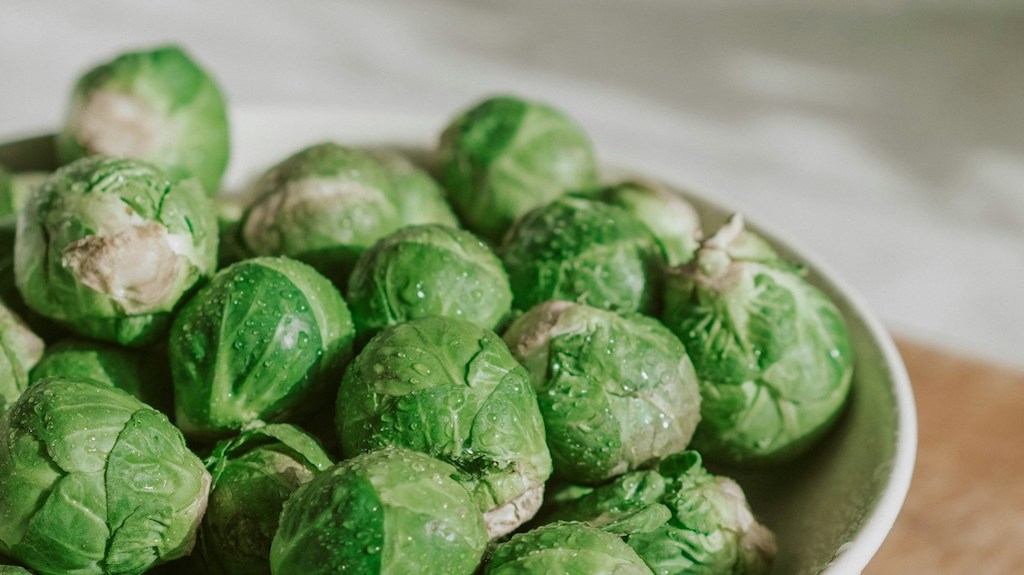If you think fermented foods are a modern fad think again – there’s plenty of evidence that humans were eating fermented food in prehistoric times.
It can be pretty hard to imagine how early humans would even contemplate eating some of the foods we now take for granted (milk so old it’s gone solid for example – see our earlier article on cheese here), but thanks to their experimentation we now have alcoholic drinks and things like yoghurt, sauerkraut and all sorts of pickled vegetables.
And although the alcohol is not necessarily regarded as being that ‘healthy’ (depending on your stance on red wine), modern science is now recognising the many health benefits of fermented food and drink in general.
 The health benefits of anything fermented were known in earlier times – around eight thousand years ago Sumerians and Babylonians were nipping down the pub (or ancient equivalent) to drink beer brewed from barley after finding that some of their stored barley, when it got wet, made for a good tipple.
The health benefits of anything fermented were known in earlier times – around eight thousand years ago Sumerians and Babylonians were nipping down the pub (or ancient equivalent) to drink beer brewed from barley after finding that some of their stored barley, when it got wet, made for a good tipple.
The same sort of thing was happening in China, where the preferred drink was a mix of fermented rice, honey and fruit. Fast forward a few thousand years to Egypt and by then bread, yoghurt and cheese were staple foods there.
The first recorded recognition of the healthiness of fermented foods was in India where Ayurvedic texts mentioned the aforesaid benefits around four thousand years ago, and by the Middle Ages in Europe fermentation was widely relied upon as a way to preserve food and drink that would otherwise go off and/or make people very ill indeed.
Fresh water that was safe to drink, particularly in cities, was a rarity and so many people drank beer instead – generally a less alcoholic version than today but still safer than the water!
With the arrival of refrigeration and proper treatment of water supplies, there was less of a need for fermentation, but people had already got to like their beer, wine, bread and cheese.
Today we know the multiple benefits of regularly eating fermented foods, such as better…
• digestive health
• immune system function
• nutrient absorption
• mental health
and lower risk of…
• inflammation
• chronic diseases
DIY
So now that you’re persuaded (or reminded) of the reasons to eat fermented foods, why not have a go at making them yourself?
You won’t need too many specialist items, but one essential is – a good sharp knife to chop all the vegetables. We have some suggestions below!
In fact most fermented foods like sauerkraut, kimchi, yoghurt and kombucha are fairly straightforward to make – here are a few examples…
Pickling Vegetables
(including making sauerkraut and kimchi)
Ingredients: Vegetables (eg cabbage for sauerkraut), salt, and water.
Method:
1 Dissolve the salt in water to create brine (you need about 1-3 tablespoons of salt per litre of water)
2 After thoroughly cleaning the vegetables, pack them tightly in a jar then cover them with the brine, making sure they’re fully submerged (use a weight if you need to)
3 Put the lid on the jar but make sure you allow some airflow to prevent pressure build-up
4 Store at room temperature for 3–7 days (or longer, depending on the desired degree of fermentation)
5 Taste periodically to monitor the progress and once you’re happy with the taste/fermentation level, store the jar in the fridge
Making Kombucha
Ingredients: Tea (black or green), sugar, water, and a SCOBY* (if you don’t have a SCOBY, just buy a bottle of kombucha from somewhere and use the SCOBY in that)
Method:
1 Brew the tea and dissolve the sugar in it
2 Once the tea has cooled to room temperature, combine the SCOBY and the tea in a clean glass jar, then cover the jar with a cloth held in place with a rubber band
3 Ferment for 7-14 days (the longer you ferment the more tart it will taste)
4 Optional – bottle it and add flavours – fruit and/or herbs are common choices
Once you get the hang of it, why not go the whole hog and add kefir (fermented mild drink), miso (Japanese fermented soybean paste) and tempeh (more fermented soybeans) to your repertoire?
Not all of these are everybody’s cup of tea from a taste point of view, but it’s surprising how quickly your taste buds adapt!
*which stands for ‘Symbiotic Culture of Bacteria and Yeast’









